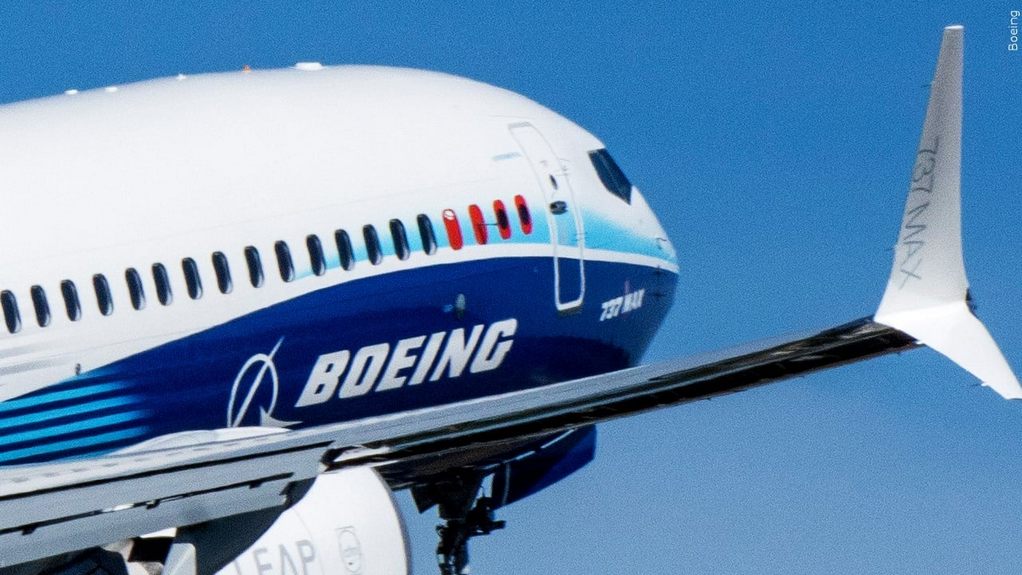Equatic has signed a deal with Boeing to remove 62,000 metric tonnes (MT) of carbon dioxide (CO2) and deliver 2,100MT of carbon-negative hydrogen.
The carbon removal company, recently spun out from the UCLA Samueli School of Engineering’s Institute for Carbon Management, believes it has stolen a march on competitors through its dual-use technology, which can address legacy and future emissions in a single process.
Equatic aims to become a major producer of carbon-negative hydrogen, created from processes that reduce atmospheric CO2. The hydrogen will be sold as a clean energy source to decarbonise industrial processes, produce electricity for the transportation sector, create Sustainable Aviation Fuels (SAFs) and fuels for trucking, and power the Equatic technology itself.
Equatic’s carbon removal plant uses four inputs, seawater, air, rock, and renewable electricity, to remove and store CO2 while simultaneously generating carbon-negative hydrogen.
The oceans are the world’s largest reservoir of CO2 and one quarter of the world’s daily CO2 emissions are drawn down into the seas.
Equatic’s technology accelerates and amplifies this natural cycle to remove and durably store CO2. The entire removal and sequestra0tion process happens within the boundaries of an industrial carbon removal plant, enabling Equatic to precisely measure CO2 down to the gramme.
Equatic currently operates two carbon removal pilots in Los Angeles and Singapore. All of the CO2 removed from these pilots has been pre-sold, including via pre-purchase agreements with global payment solution provider, Stripe.
It expects to reach 100,000MT of carbon removal per year by 2026 and millions of MT of carbon removal for less than $100 per MT by 2028.
Boeing recently released its Cascade Climate Impact Model for public use. The data modeling tool, which identifies the effects of a range of sustainability solutions to reduce aviation’s carbon emissions, is accessible on Boeing’s new Sustainable Aerospace Together hub, www.sustainabilitytogether.aero.
Equatic emerges from UCLA with over $30m in initial funding including grants and equity investments from organisations such as the Chan Zuckerberg Initiative, the Anthony and Jeanne Pritzker Family Foundation, the Grantham Foundation for the Protection of the Environment, the National Science Foundation, YouWeb Incubator, The Nicholas Endowment, Singapore’s Temasek Foundation, PUB: Singapore’s National Water Agency, US Department of Energy’s Office of Fossil Energy and Carbon Management, and US Department of Energy’s Advanced Research Projects Agency-Energy (ARPA-E).
Equatic passes an electrical current through seawater (electrolysis) and then passes atmospheric air through the processed seawater (direct air capture); these steps trap CO2 in solid minerals and as dissolved substances that are naturally found in the oceans, ensuring that the trapped CO2 will remain stable for ‘100,000-plus’ years. Equatic uses rock to neutralise the processed seawater and ensure that the ocean’s chemistry is preserved.
Tags: Boeing, Carbon dioxide, Equatic



Recent Posts
Report Highlights Pathway for Electrifying Nigeria’s Container Trade Sector
South Korean Company YPP Plans to Invest up to $3.1 Billion in Green Hydrogen Production in Kazakhstan
WattEV Expands Electric Truck Charging Network with Three New Depots in California
Anemoi Develops New Method to Accurately Measure Wind-Assisted Propulsion Benefits
Navigator Holdings and Amon Maritime Form Joint Venture for Ammonia-Fuelled Carrier Fleet
Hygenco Commissions Maharashtra’s First Green Hydrogen and Oxygen Facility to Power STL’s Net Zero Goals
India Invites Second Round of R&D Proposals Under ₹4 Billion Green Hydrogen Mission
BMTC Adds 148 Tata Electric Buses to Bengaluru Fleet, Strengthens Green Mobility Drive